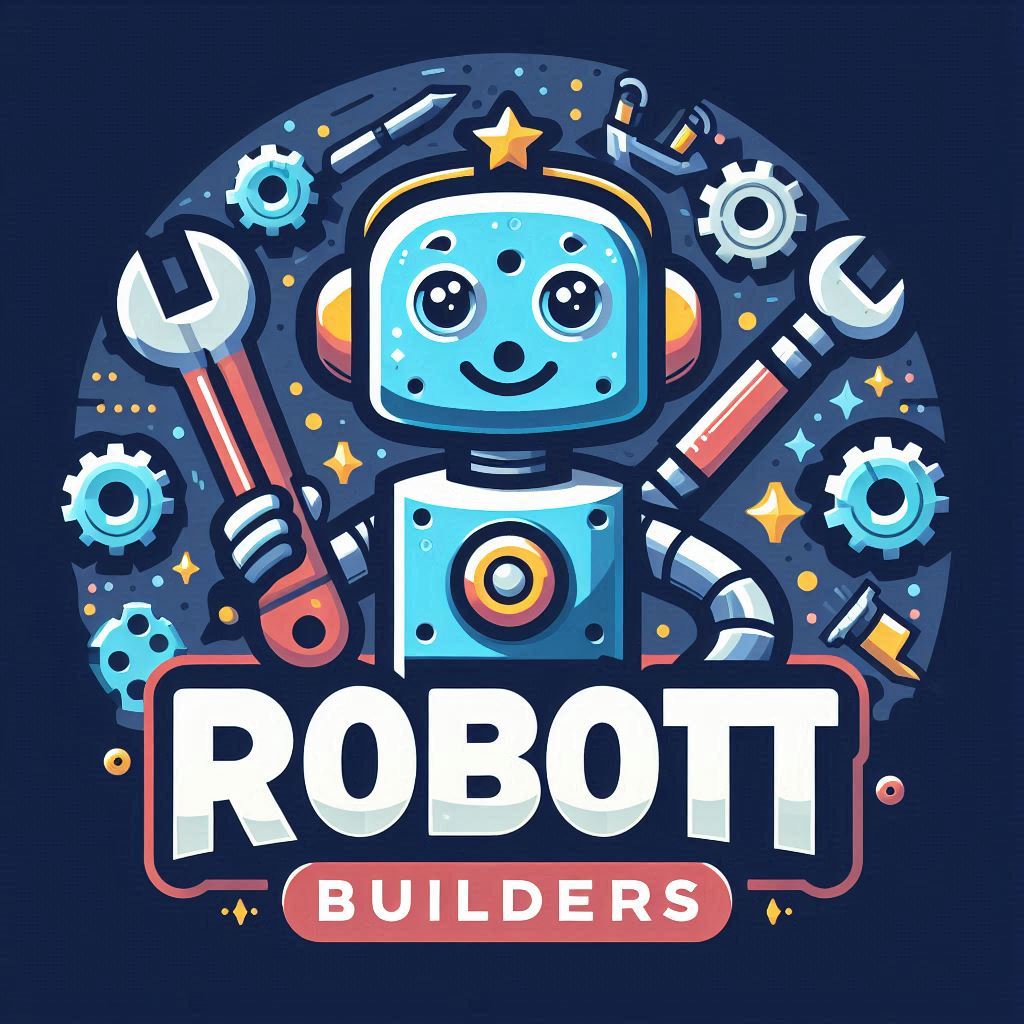Voice recognition technology has revolutionized the way humans interact with machines, enabling hands-free control, virtual assistants, and real-time speech-to-text conversions. AI-powered voice recognition systems are being adopted across industries—from customer service and accessibility tools to security and automation. If you’re looking to develop your own AI-driven voice recognition tool, this guide provides the essential steps while ensuring SEO optimization for visibility.

Step 1: Understanding AI-Powered Voice Recognition Systems
Before diving into development, it’s essential to understand how AI voice recognition works:
- Automatic Speech Recognition (ASR): Converts spoken words into text using machine learning models.
- Natural Language Processing (NLP): Allows AI to understand and interpret speech context.
- Speaker Identification: Recognizes individual voices for authentication or personalization.
- Speech Synthesis: Converts text into human-like speech responses (TTS or Text-to-Speech).
These components work together to create accurate, responsive voice recognition tools.
Step 2: Define the Purpose of Your AI Voice Tool
Clearly outline the goal of your voice recognition system:
- What problem will it solve? Hands-free accessibility, automated customer service, or security authentication?
- Who is the target audience? Businesses, developers, or personal users?
- What features will it include? Speech-to-text, voice command execution, or real-time language translation?
A well-defined scope ensures efficient tool development.
Step 3: Choose the Right Technology Stack
The success of your AI-powered voice tool depends on selecting the appropriate frameworks and platforms.
Programming Languages
- Python (best for AI and machine learning).
- JavaScript (for web-based voice recognition tools).
- C++ (preferred for embedded systems and high-performance processing).
AI & Machine Learning Frameworks
- TensorFlow / PyTorch (for training deep learning speech models).
- Kaldi (open-source toolkit for speech recognition).
- DeepSpeech by Mozilla (provides pre-trained models for speech processing).
Voice APIs & Integration Tools
- Google Speech-to-Text API (cloud-based voice recognition).
- Amazon Transcribe (ideal for real-time speech processing).
- IBM Watson Speech-to-Text (enterprise-grade AI speech analysis).
- Microsoft Azure Speech API (scalable voice AI solutions).
Tip: Choose a technology stack that aligns with your project’s scalability and complexity.
Step 4: Collect & Preprocess Speech Data
AI voice recognition systems rely on high-quality training data for accuracy.
Steps for Speech Data Preparation
- Gather Diverse Audio Samples: Include recordings with different accents, dialects, and noise environments.
- Clean Audio Data: Remove background noise and enhance clarity using audio processing techniques.
- Normalize & Segment Speech: Break down recordings into labeled segments for AI training.
- Train AI on Multiple Languages (if applicable): Expand your tool’s usability beyond a single language.
Data preprocessing ensures AI models can recognize speech patterns effectively.
Step 5: Train the AI Model for Speech Recognition
Your AI tool needs deep learning models to understand and process spoken words.
Training Process
- Choose a Neural Network Model: Recurrent Neural Networks (RNNs) or Transformer-based architectures.
- Implement Feature Extraction: Use Mel-Frequency Cepstral Coefficients (MFCC) to analyze speech patterns.
- Train the Model: Feed it labeled speech data to recognize words and phrases.
- Optimize Accuracy: Adjust model hyperparameters and test with live speech samples.
Continuous training improves speech recognition accuracy and real-time responsiveness.
Step 6: Develop a User-Friendly Interface
A voice recognition system should have an intuitive UI/UX design.
Interface Considerations
- Speech Input Box: Display transcriptions in real-time.
- Command Feedback: Provide instant AI-generated responses.
- Multi-Platform Support: Make it accessible via web, mobile, and desktop applications.
- Custom Voice Profiles: Personalize recognition settings based on user speech patterns.
An easy-to-use interface enhances engagement and user satisfaction.
Step 7: Deploy & Optimize the AI Voice Tool
Once your voice recognition model is trained and tested, deploy it for real-world use.
Deployment Considerations
- Cloud vs. Local Processing: Choose between real-time cloud AI or local embedded systems.
- API Integration: Allow voice features to be embedded in applications.
- Security & Privacy: Encrypt voice data to prevent unauthorized access.
- Continuous Updates: Fine-tune AI models with new speech patterns and languages.
A properly deployed AI voice tool ensures seamless functionality across platforms.
SEO Optimization for AI Voice Recognition Tools
To improve the visibility of your AI tool, follow SEO best practices.
SEO Strategies
- Keyword Optimization: Target search terms like “AI voice recognition,” “speech-to-text tools,” and “smart voice assistant.”
- Create an Engaging Landing Page: Showcase tool features with structured content.
- Publish Blog Tutorials & Guides: Educate users on the benefits and applications of AI voice recognition.
- Optimize for Speed & Mobile Accessibility: Ensure fast-loading interfaces for higher search rankings.
- Secure High-Quality Backlinks: Partner with tech blogs or AI-focused communities.
SEO strategies help increase traffic and user adoption.
Challenges in AI Voice Recognition Development
AI speech recognition presents some challenges:
- Accent & Dialect Variability: AI must adapt to diverse speech patterns.
- Background Noise Handling: Improve filtering to ensure clear recognition.
- Real-Time Processing: Optimize speed for instant voice-to-text conversion.
- Privacy Concerns: Implement ethical AI practices to protect voice data.
Addressing these challenges ensures better accuracy and usability.
Conclusion
Building AI-powered voice recognition tools transforms digital interactions—enhancing accessibility, security, and automation. By following structured steps—defining objectives, selecting a robust tech stack, training models, and deploying with SEO optimization—you can create a cutting-edge voice AI solution.
Ready to develop your AI voice tool? The future of hands-free, speech-driven experiences is waiting!
